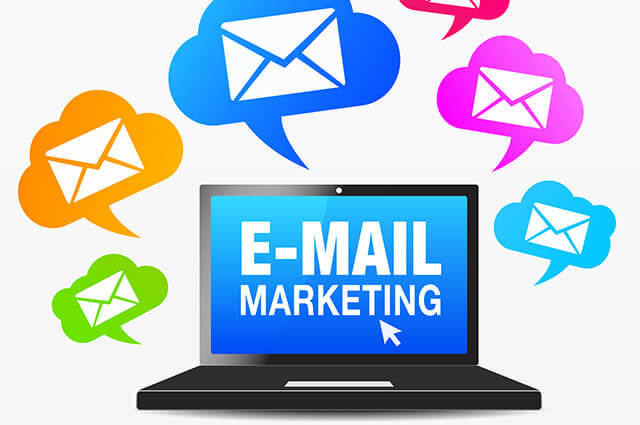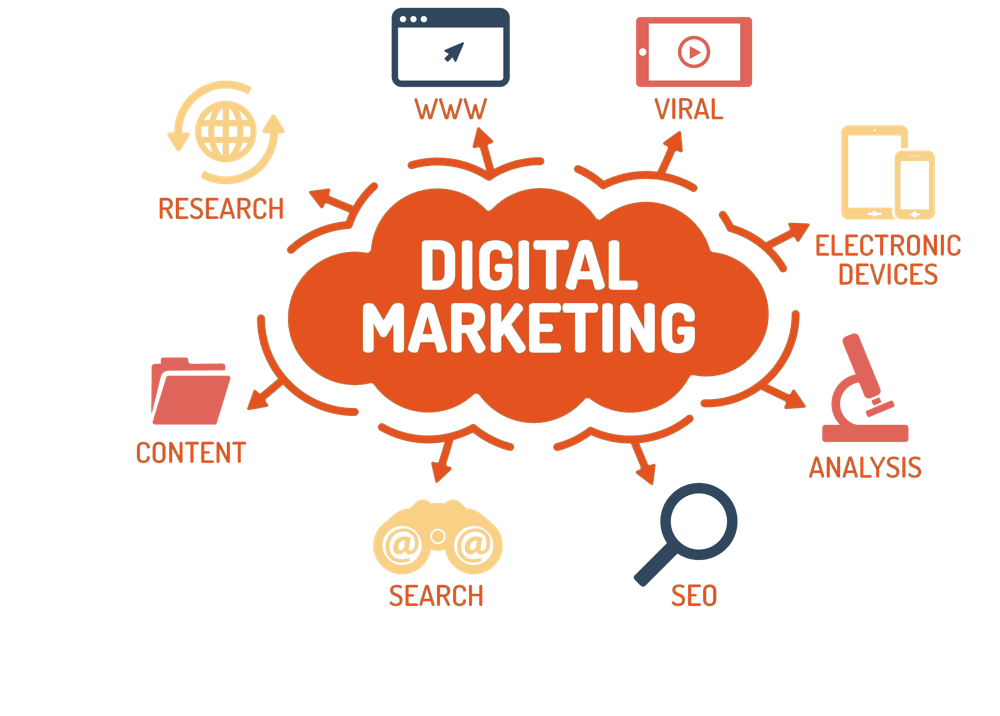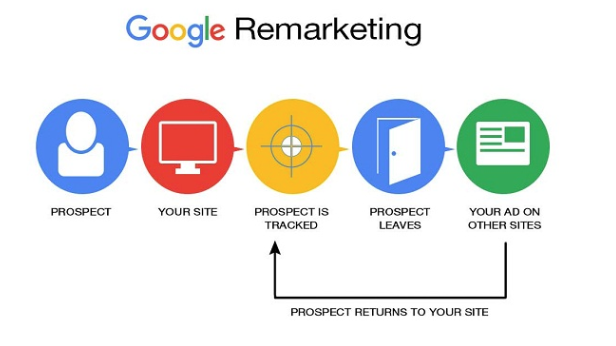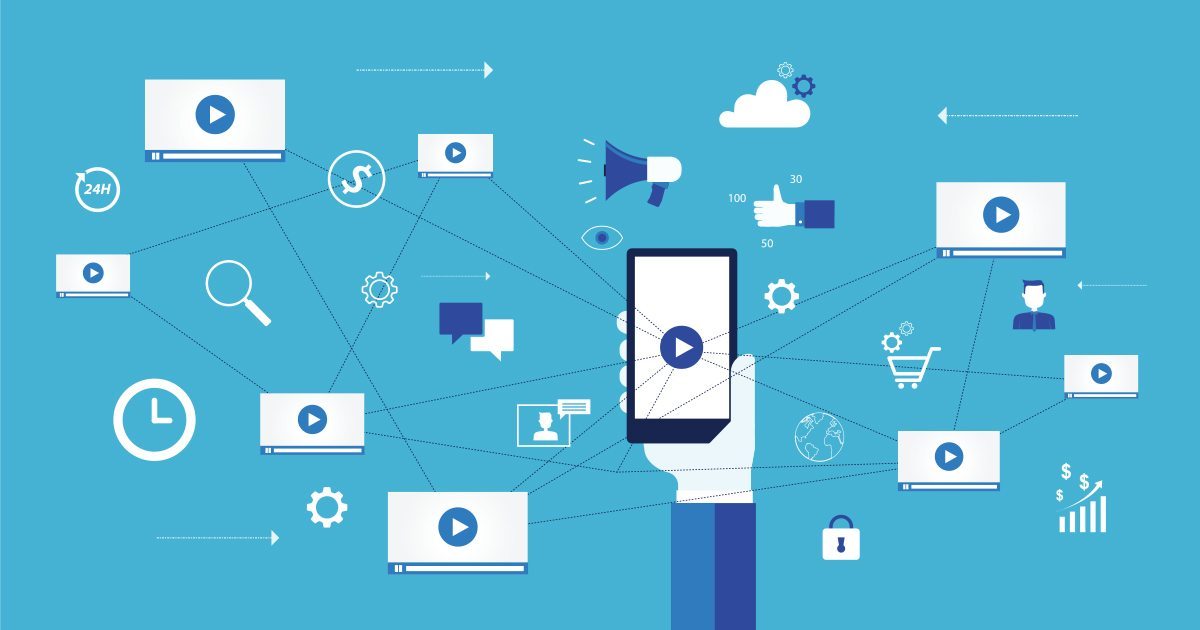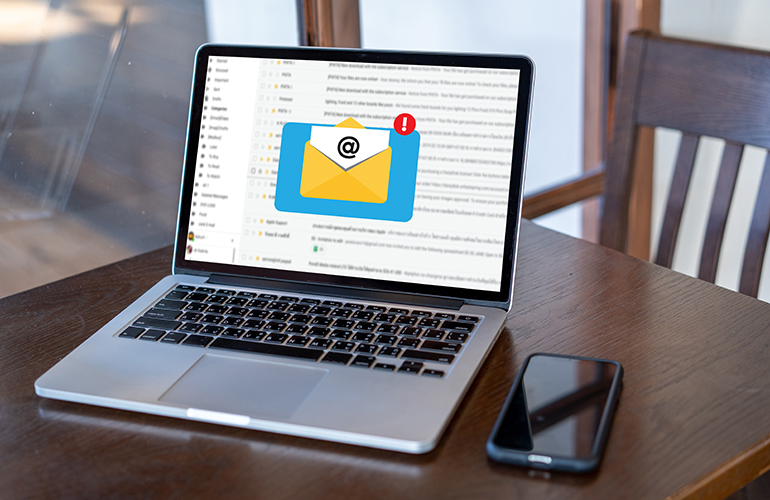
When you launch an email marketing campaign for your organization, there are several vital objectives to address.
1. Inform
One of the primary goals of an email marketing campaign is to educate your subscribers.
Regularly appearing in your consumers’ inboxes provides an excellent opportunity to keep them updated. You can update them about anything related to your business.
Readers should always leave your email with a fresh understanding of your organization.
For instance, you may advise them about ongoing building repairs. And then provide information about alternate parking locations while the main lot is being used.
You may also remind them about an upcoming fundraiser or a new product or service you’re offering.
You might include a link to a specific page on your website – perhaps a new blog post or a new product page.
Whatever you’re informing your readers on, you should always include photos and visuals to keep them engaged throughout the email.
2. Attract
Another goal of email marketing is to attract new customers to your business.
You may believe that because current consumers have already committed to your business, there is no longer a need to acquire new ones. The reality is that existing consumers can discontinue purchasing items or services from your company at any time. But email marketing is an excellent strategy to ensure that you constantly win them over.
This objective is especially critical in terms of potential clients.
Your emails should awe potential customers with your product or service offerings and establish your business as an industry leader.
To re-engage current customers and convert prospects into loyal customers, you should include any new testimonials, rave reviews, or accolades you’ve received.
Mentioning new honors demonstrates to email recipients that you’ve been recognized for your work, reassuring current customers that they’re dealing with the proper organization. Additionally, it will draw potential clients’ attention to your business, and if they haven’t already committed to your firm, mentioning accolades can undoubtedly assist!
Another approach is to provide bespoke graphics illustrating this information to increase reader appeal. Custom visuals are an excellent method to not only engage readers with your email, but also to demonstrate expertise.
You can entice users with personalized graphics that showcase your latest accolades, new services, or new testimonials. Always remember that it is much more effective to demonstrate than to tell — which is why it is preferable to use a graphic or video of a person speaking as a testimonial rather than a text stating it.
Additionally, here is an excellent spot to display a photograph of your CEO receiving the award or a snapshot of the award committee’s website noting your distinction.
3. Engage
Following that, your emails should engage recipients.
Not only should they be informative, valuable, and visually appealing, but they should also engage recipients, encouraging them to discover more about your business and brand as a whole.
Make your emails more interesting by include photographs, graphics, and even videos to ensure that recipients read them completely and absorb all of the information you’ve included.
Another technique to engage consumers is to direct them to specific landing pages on your website via buttons.
4. Guide
In terms of guiding, your emails should direct recipients to your website.
This is one of the most critical email marketing objectives, as it brings potential customers one step closer to converting.
Utilize links in your copy, buttons, and calls-to-action to direct recipients to your website.
For instance, if you’re discussing a new product, you might either include a link to the product page in your copy or build a button that encourages readers to visit the site to view the full description of the product.
There are numerous ways to direct consumers to your website via email, and you should do so multiple times!
5. Nurture
To convert prospects into committed, lifetime customers, you must nurture them first, and email marketing is an excellent way to do that.
As previously stated, emails are an excellent technique to ensure that you remain top-of-mind. That implies that even if a consumer is not in need of your products or services at the time they get your email, your continued efforts to stay in their inbox will ensure that your brand is the first they think of when they do.
Your emails to consumers who haven’t converted yet should highlight all of your brand’s best features, coupons and special discounts. Make sure to keep them informed of new development as well.
6. Convert
All email campaigns should aim to convert new clients and retain existing ones.
You can accomplish this by adhering to all of the aforementioned objectives and ensuring that you are easily accessible to customers. This includes supplying your contact information, your address (if applicable), and information about your social media accounts.
To convert readers, you should also inform them about your current specials and deals. Likewise, present them with coupons to urge them to purchase your products.

